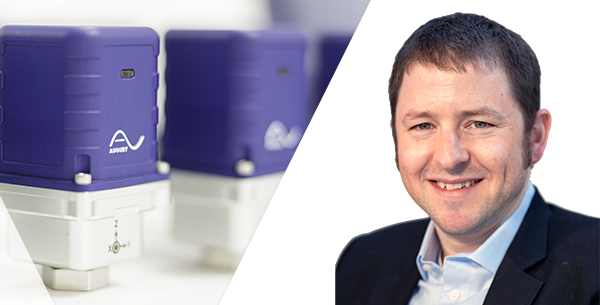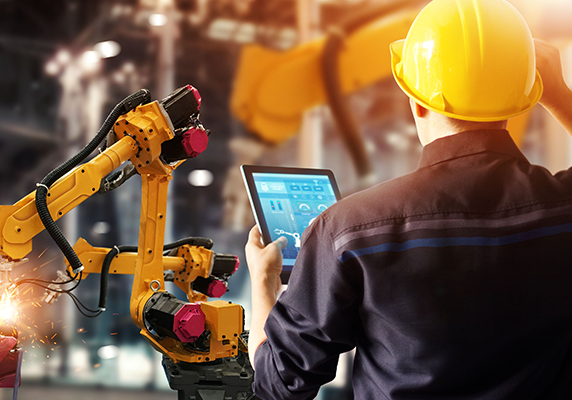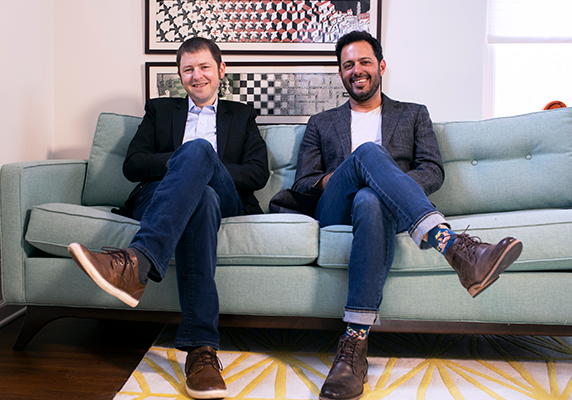
In Part 1 of this two-part series, Saar Yoskovitz discussed how he and co-founder Gal Shaul developed the vision for Augury, ultimately leading the company to become an industry 4.0 unicorn. In Part 2, Yoskovitz shares his thoughts on the impact of the pandemic on Augury, the role 5G will play in shaping the company’s future and his advice to other founders.
How is 5G, and then 6G, going to play into the future of the company?
5G will transform how we think about connectivity on the factory floor. The current standards are inadequate because they were ported from the consumer world. We use Bluetooth, we use WiFi, but they’ve never been really adapted to the needs of manufacturing operations. We need low latency, high bandwidth, and low power. And 5G is going to solve these three dimensions.
For example, we had a facility where we didn’t get data for a few days. We got on the phone and said, “Hey, can you go and check what happened?” And it turns out that there was a crew that had to use a power drill, so they disconnected our gateway from the power, they used the drill, and they forgot to connect it back. Very simple. Now, why do we even need that node? Maybe we can skip that level, skip another breakpoint in the chain. That’s where we want to see 5G go.
How did the pandemic, and now the supply chain problems, impact Augury?
The problems we have today, their symptoms started when COVID hit. But the root causes have been there for two decades. In the last 20 or 30 years, the world has focused on reducing waste, reducing costs in the supply chain. How do I offshore manufacturing to Asia? How do I reduce inventory levels and get to just-in-time manufacturing?
But now we see a shift. I heard a good phrase that we’re moving from just-in-time to just-in-case. How do I build back fat into the supply chain? How do I build resiliency into the model? Well, there are two ways of achieving that.
- One is to buy more spare parts, manufacture more inventory, and increase the overhead.
- The other option, which we offer, is to work smarter.
Maybe you can take better risks, maybe you can take risks that are informed based on data. I think the market is realizing more and more that that second option is the valid one. Some of our customers have seen a 3X spike in demand, and at the same time, they could only have 50 percent of the team on site due to COVID restrictions and regulations. How do you adapt to that?
Well, you need to bring remote tools and capabilities. You need to be able to squeeze performance out of your machines without stopping the line for proactive maintenance and without having failures and unplanned downtime. The need for a solution like ours became so much more crucial today than it was before COVID.
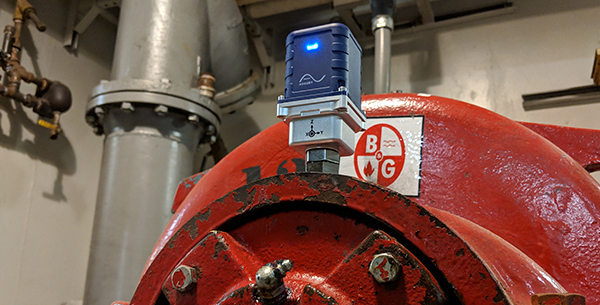
Where do you see the manufacturing sector heading?
At the macro level, we’ve seen countries wake up during COVID to the understanding that manufacturing is a strategic weapon. If you need masks or ventilators, and you don’t have the capability to manufacture them, then you’re stuck. We’re seeing companies bringing back manufacturing into the U.S. and Europe. I think we’re moving into more self-sustained, local manufacturing, where you can do the full process, from raw material to manufacturing to logistics, in one country or one region.
Now, the challenge is that the cost of the workforce in the U.S. is still three to four times higher than what it is in China. So, when you want to build factories, you have to think differently. You have to be more creative. You need to leverage the talent you do have in the U.S. and digital technologies that enable you to be more efficient. We’re going to see more factories built here, and the need for technology is going to rise as a result.
A second major trend is what they call the great resignation. People are starting to prioritize their own wellbeing, valuing their emotional state over going to work every day. Our customers, manufacturers, are having a very hard time hiring people. We had a customer, even before COVID, one of the larger paper companies, and they told us that every year they lose 12 percent of their staff to retirement. They can’t hire fast enough. They need digital tools — not to optimize, just to keep in the same place. Then COVID comes in, and this is accelerated five times, right? There are going to be more remote, more hybrid places of work, even in manufacturing. And as a result, the roles will change.
I would think the next generation of graduates from engineering schools will be much more attracted to the manufacturing market. You leverage AI tools, you work with different software, and the sector becomes much more advanced overnight.
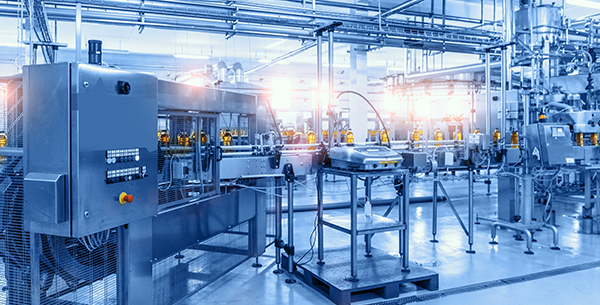
What advice do you have for the next generation of entrepreneurs?
When we started, we subscribed to what is now called the “lean startup” methodology. Back then, it was called customer development. And we spent two and a half years before we raised funding, just proving that there was a problem we’re solving and that the technology worked. We learned so much, and we made decisions that we couldn’t have made if we were trying to raise money then. But it took some time.
So my guidance to aspiring founders is to choose a problem or a market you feel passionate about and want to spend the next ten years of your lives in. Then talk to 50 people, and you will figure out what the problem you want to solve is.
There are so many problems that are waiting to be solved, and technology can disrupt so many markets everywhere you look. As opposed to saying, “I’m going to do AI, or I’m going to create this tool.” Because AI is a tool, it’s not an outcome. Focus on the outcome, and then build the technology to get there.
“So my guidance to aspiring founders is to choose a problem or a market you feel passionate about and want to spend the next ten years of your lives in.”
Who influenced you most in your career?
Gal, my co-founder, influenced me. Hopefully, we influenced each other. We grew up a lot together, and we definitely had an active role in keeping the other party honest, seeing the gaps and what needs to be built and worked on. You need a partner with a very strong growth mindset, someone looking for feedback, curious about what they need to improve. You need to be very honest with each other. You’re going to spend seven to 10 years together, statistically. You need to grow together.
Of course, I can also put my parents on that list. Even as a kid, I was always attracted to computers. When I was 13 or 14 years old, I used to help people with IT problems, train them on Microsoft Office, replace their hard drives, whatever. My mom would drive me to their house, sit in the car, and I would go fix their computer. That sense of leveraging what you love and trying to have an impact started very early for me.
What is the greatest lesson you’ve learned as a founder and CEO?
It’s a mindset. Every six months, everything changes. Your job changes, the people around you may change, who you sell to, who you speak to, how you speak to them. So your role changes every six months. One of my only jobs is to try to understand where I need to be a year from now and what capabilities do I need to start building? I think that’s one of the biggest learnings I’ve had.
* All opinions expressed in this blog are solely from Saar Yoskovitz.

